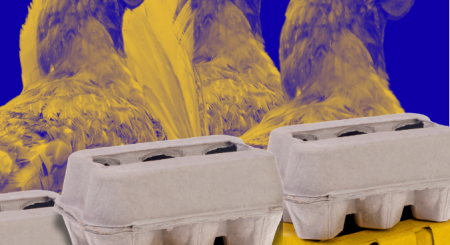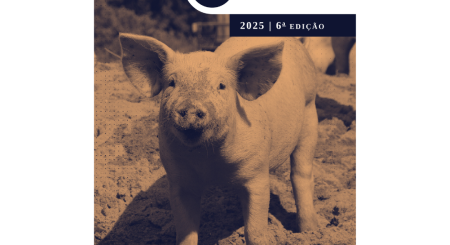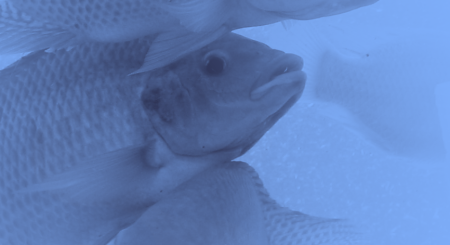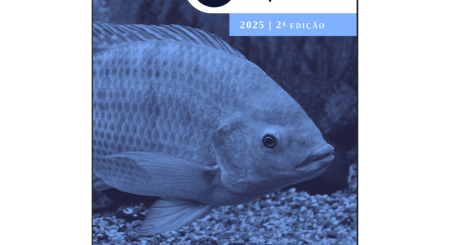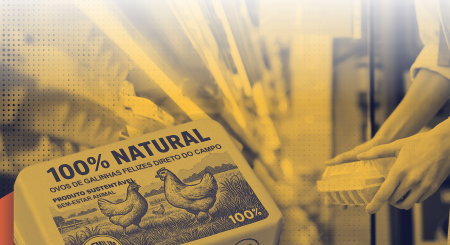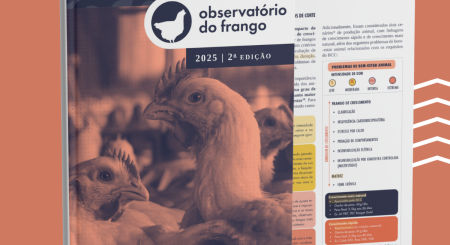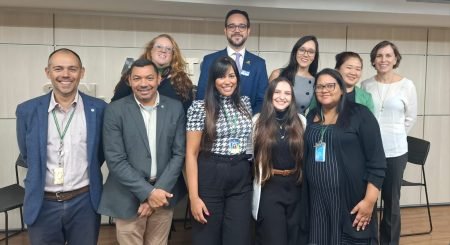We humans have been interacting with other animal species for centuries. Scientists believe that dogs were the first to be domesticated. Through archaeological reports, they suggest that for more than 14,000 years we have established mutual cooperation with them for hunting, protection and companionship. And approximately 12,000 years ago, we would have started to domesticate other animals, such as sheep, to obtain meat, milk and wool from them.
Since then, the exploratory nature of animals by humans has become more pronounced. From the basic understanding of heredity, humans began to cross animals with desirable characteristics and/or abilities, with the aim of maintaining or increasing them in their descendants, promoting the emergence of breeds with specific aptitudes, such as dogs more adapted to hunting, or tamer horses.
With the development of genetic engineering since the mid-20th century, artificial selection has been highly applied. Especially in a post-World War II scenario, when food production underwent a process of intensification to supply a population that was growing again, livestock farming followed agricultural modernization, in order to boost productivity to the maximum. Among several technologies, genetic selection was a strong ally, as it allowed accelerated growth of animals, increased milk production, greater development of muscles for more commercially interesting cuts of meat, more piglets born through birth, among others.
The changes, even if promoted gradually, are exorbitant. The milk production of some cattle breeds, such as the Holstein, has more than doubled in the last 40 years; sows, which previously gave birth to around 7 offspring each pregnancy, now give birth to more than 12 piglets that gain much more weight in much less time, mainly due to greater development of the loin and ham areas; laying hens that, from 15 eggs a year, now lay around 300; and chickens that, like pigs, grow much faster (up to 3 times more than natural) and develop more breast muscles to serve the market.

The commercial genetic lineage results in a heavier pig, with difficulty moving around and with almost no hair to protect itself from the heat and sun. Source: Starvet
In addition to the suffering caused to animals, the justification for increasing productivity to feed a growing human population is quite questionable. Not only because industrial livestock farming has drastic environmental impacts, but also because it is an extremely energy-inefficient food production system: on average, to feed animals raised for consumption, approximately ten times more calories are used than those contained in its flesh. Therefore, the tons of cultivated grains, such as soybeans, sorghum and corn, needed to feed the billions of animals that are slaughtered annually, could be used more efficiently to directly feed the human population. Furthermore, many of these animal products are not economically accessible to all social classes. There is a lot of energy, land, clean water, labor, fuel spent to produce and export/market these foods. And the acceleration of animal fattening does not make the activity more sustainable, as the industry tends to produce more and more, and not reduce its social and environmental impact.

Broiler chickens reach their slaughter weight at 42 days, presenting several disorders. Source: Oikeutta eläimille
Given this ethical conflict and ineffectiveness, the solution would then be to stop this supposed genetic improvement, in order to create animals that grow at a rate closer to natural, which would reduce many health and well-being problems. In addition to this measure, it is necessary to understand that the consumption of products of animal origin must be gradually reduced by the general population, because the planet no longer supports successive production records, and animals should not be subjected to so many excruciating manipulations to fulfill a habit (not a necessity).
Alianima works to reduce the worst practices in industrial livestock farming, such as the use of fast-growing genetic strains, in addition to housing in cells and cages, and routine painful procedures in animal production.
References
APPLEBY, M.; SANDØE, P.; WEARY, D. M. Dilemmas in animal welfare. CAB International, 220 p.
CARVALHO, PN de. From crisis to abundance: Food security and agricultural modernization in post-World War II Europe. History & Perspectives Magazine , [S. l.], v. 31, no. 59, p. 141–154, 2019. DOI: 10.14393/HeP-v31n59p141-154. Available at: <https://seer.ufu.br/index.php/historiaperspectivas/article/view/49370>. Accessed on: 11 Mar. 2022.
DAWKINS, M. S.; LAYTON, R. Breeding for better welfare: genetic goals for broiler chickens and their parents. Animal Welfare, v. 21, p. 147-155, 2012. Disponível em: <https://users.ox.ac.uk/~snikwad/resources/GeneticsAW.pdf>. Acesso em: 12 mar. 2022.
DECUYPERE, E.; BRUGGEMAN, V; EVERAERT, N.; YUE LI; BOONEN, J.; DE TAVERNIER, J.; JANSSENS, S.; BUYS, N. E. The Broiler Breeder Paradox: ethical, genetic and physiological perspectives, and suggestions for solutions. British Poultry Science, v. 51, n.: 5, p. 569-579. DOI: 10.1080/00071668.2010.519121. Disponível em: <https://doi.org/10.1080/00071668.2010.519121>. Acesso em: 11 mar. 2022.
FIGUEIREDO, EAP Genetic improvement of pigs – the American example. In: GENTILINI, FP; ANCIUTI, MA (Org.). Current topics in swine and poultry production . Pelotas: IFSul/Pelotas, 2013. p. 160-190. Available at: <https://ainfo.cnptia.embrapa.br/digital/bitstream/item/96727/1/final7179.pdf>. Accessed on: 09 Mar. 2022.
LEAR, J. Our Furry Friends: the History of Animal Domestication. Journal of Young Investigators, v. 23, n. 2, 2012. Disponível em: <https://www.jyi.org/2012-february/2017/9/17/our-furry-friends-the-history-of-animal-domestication#:~:text=The%20first%20animals%20to%20be,integral%20part%20of%20nomadic%20communities>. Acesso em: 10 mar. 2022.
MORAES, VG; CAPANEMA, L. The genetics of chickens and pigs – the importance
strategy of its development for Brazil. BNDES Sector , v. 35, p. 119-154, 2012. Available at: <https://web.bndes.gov.br/bib/jspui/bitstream/1408/1492/3/A%20set.35_A%20gen%C3%A9tica%20de%20frangos% 20e%20su%C3%ADnos_P.pdf>. Accessed on: 11 Mar. 2022.
OLTENACU, P. A.; BROOM, D. M. The impact of genetic selection for increased milk yield on the welfare of dairy cows. Animal Welfare (pre-publication copy), v. 19(S), p. 39-49, 2010. Disponível em: <https://www.researchgate.net/profile/Donald-Broom/publication/228675305_The_impact_of_genetic_selection_for_increased_milk_yield_on_the_welfare_of_dairy_cows/links/5703a63d08aeade57a25a970/The-impact-of-genetic-selection-for-increased-milk-yield-on-the-welfare-of-dairy-cows.pdf>. Acesso em: 12 mar. 2022.
RINCON, P. Dogs are humans’ oldest companions, DNA shows. BBC News website, 2020. Disponível em: <https://www.bbc.com/news/science-environment-54690458>. Acesso em: 10 mar. 2022.



